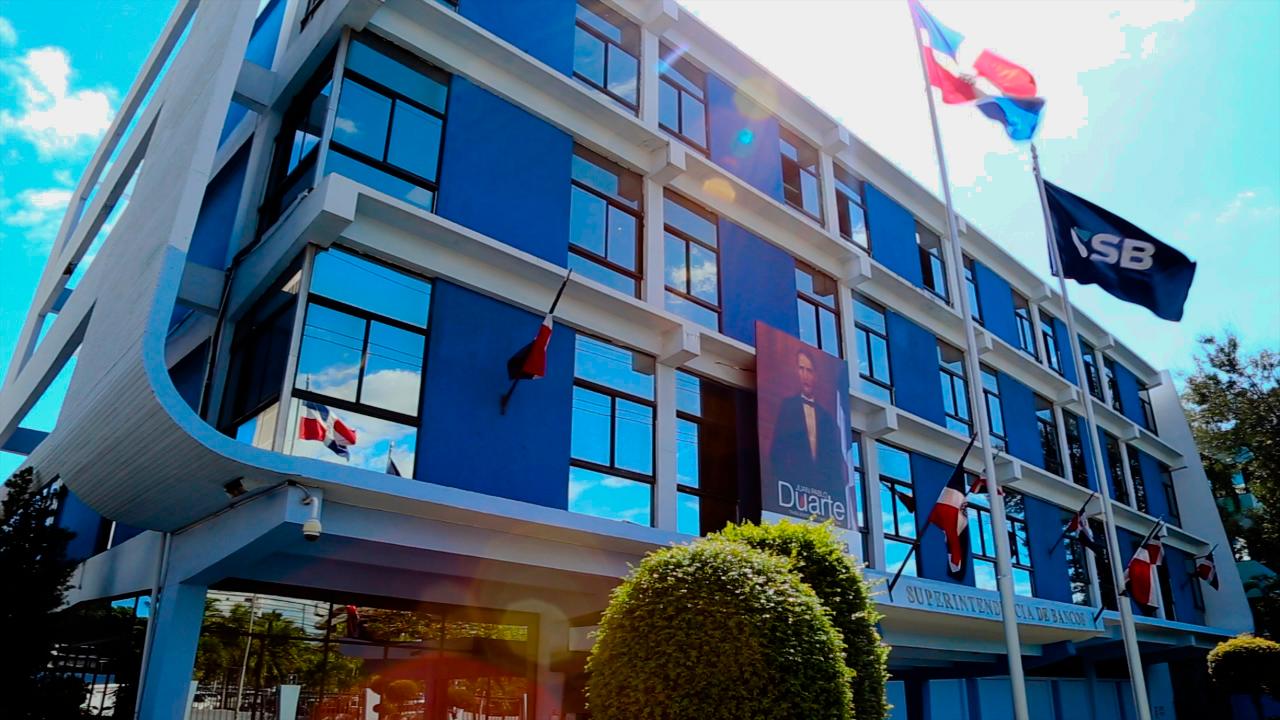The Dominican financial sector shows healthy indicators despite pandemic effects

The Dominican financial sector has shown resilience in the face of the effects of the COVID-19 pandemic, as evidenced by the health of the credit portfolio and the indicators of capitalization, liquidity, and solvency.
This is reflected in the Quarterly Performance Report of the financial system as of December 31, 2020, released this Thursday by the Superintendency of Banks (SB).
The document highlights that the system’s credit portfolio ended the year with a year-on-year growth of 3.9%, reaching RD$1.26 trillion, equivalent to 28% of the GDP.
This nominal growth in the context of the crisis is explained by the increase in three of the four items that make up the portfolio: consumer loans (excluding credit cards) grew by 10.6%, mortgage loans by 6.3%, and the commercial portfolio by 2.2%. Credit card loans were the exception, with a 12% drop.
Throughout 2020, the financial sector channeled RD$25,657 million to the real economy, playing a relevant role in the efforts to return to economic growth.
Despite the good performance of the credit portfolio, its expansion was below the 10.1% average of the last five years, due to the economic slowdown resulting from the months of confinement.
Non-performing loans and coverage
In December 2020, the NPL ratio was slightly higher than a year earlier, rising from 1.55% to 1.94%. By type of entity, multiple banks show the lowest delinquency rate (1.85 %), followed by AA&P (2.39 %), savings and loans (3.0 %), and credit corporations (3.6 %).
The SB emphasizes that the ratio remains well below its historical levels in times of crisis, citing as a reference the year 2003, when the nonperforming portfolio rose to 14.27 %.
Likewise, the non-performing portfolio (capital) increased by 29 %, significantly higher than the 7.1 % of the previous cycle. The supervisory body stresses that this indicator is also at healthy levels.
In this context, it specifies that the percentage of provision coverage increased from 162% to 204%, surpassing for the first time in the last two decades the 200% threshold and considerably improving the banking sector’s position to face portfolio deterioration risks.
For a more in-depth diagnosis of the portfolio situation, the SB calculated stressed delinquency, an indicator that incorporates, in addition to the past-due portfolio, the portfolio under judicial collection, credit cards with arrears of 31 to 60 days, restructured loans, and write-offs and foreclosures in the last 12 months.
This ratio increased from 4.3% to 6.7% between December 2019 and the same period of 2020.
Assets, equity, and solvency
Total assets of the Dominican financial system amounted to RD$2.38 trillion at the close of December 2020, 52.9 % of GDP, experiencing an absolute increase of RD$383,221 million and a nominal growth rate of 19.2 %.
The net worth of the financial system maintained its growth, with a year-on-year increase of RD$38,951 million (17.7%), higher than the average of the last five years, which has been 11.2%.
In effect, the net worth of the financial system rose to RD$258,731 million.
At the end of 2020, solvency stood at 21.1%, registering a capital surplus of RD$138,434 million. This ratio is significantly higher than the minimum of 10% required by the Monetary and Financial Law No. 183-02, reflecting the strength of the entities’ equity to face unexpected losses.
Profitability, liquidity, and capitalization
With respect to profitability, the data show that ROE decreased 3.5 percentage points, going from 19.1 % in December 2019 to 15.6 % in December 2020, while ROA stood at 1.8 % for a decrease of 53 basis points with respect to December 2019.
In absolute terms, as of December 31, 2020, earnings before income taxes amounted to RD$37,830 million, reflecting a reduction of RD$4,688 million compared to the previous year.
Of the total financial income, 74.3% came from interest and commissions on loans, 19.2% from interest on investments, and 6.4% from gains on investments.
On the one hand, the profitability of financial intermediaries has been positively impacted by the increase in operating efficiency, measured by the cost/income ratio. This variable went from 68.1 % in 2019 to 63.3 % in December 2020, for an improvement of 4.8 points over the last year.
At the same time, profitability moderated, partly as a result of the historical increase in provisions, by RD$15.8 billion with respect to December 2019, for a variation of 79.3 %.
Banking liquidity remains high, more than sufficient to meet the economy’s demand. The system’s availabilities amounted to RD$431.49 billion, registering an increase of RD$145.276 billion (50.8 %), with respect to December 2019.
“Currently, the liquidity, capitalization and coverage position of the system guarantees its capacity to play a decisive role in the reactivation of the Dominican economic apparatus,” states the Superintendency of Banks.

















